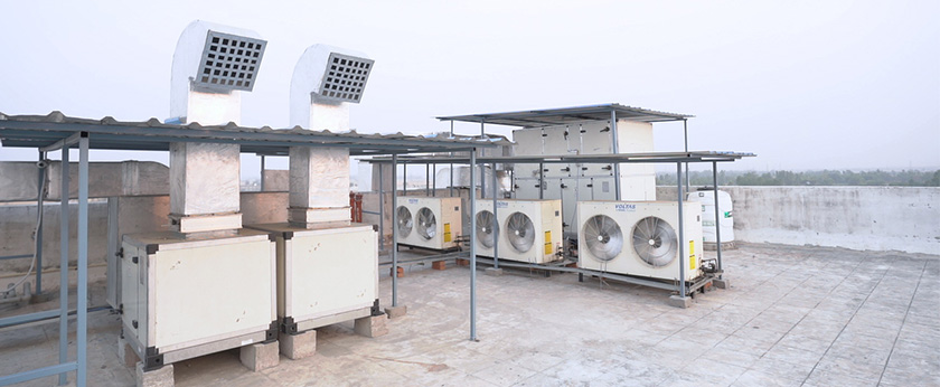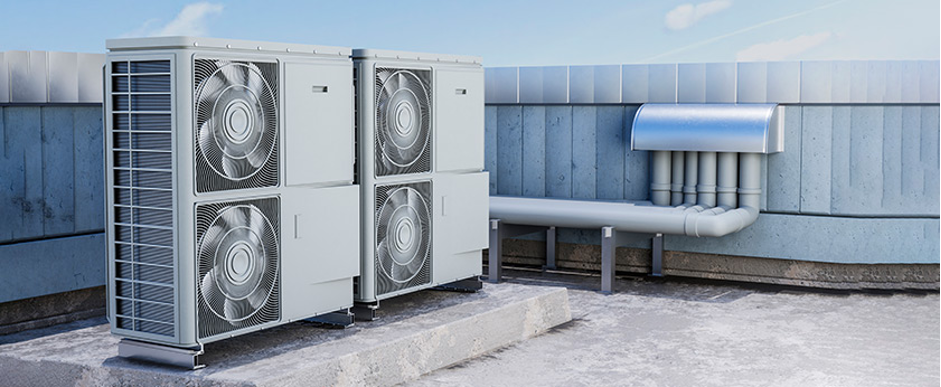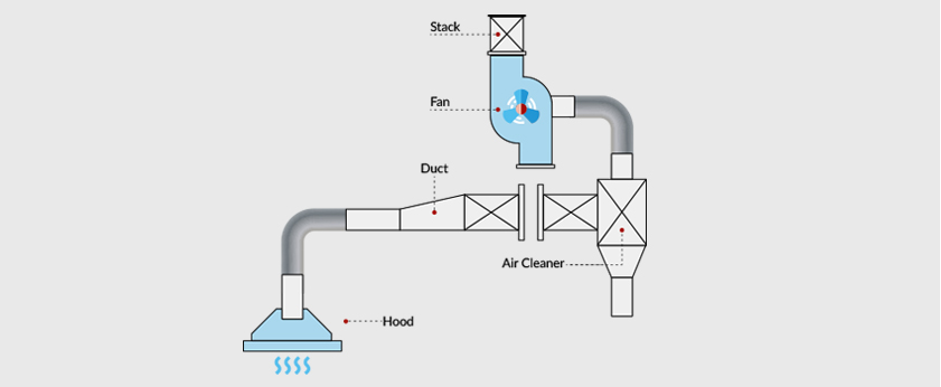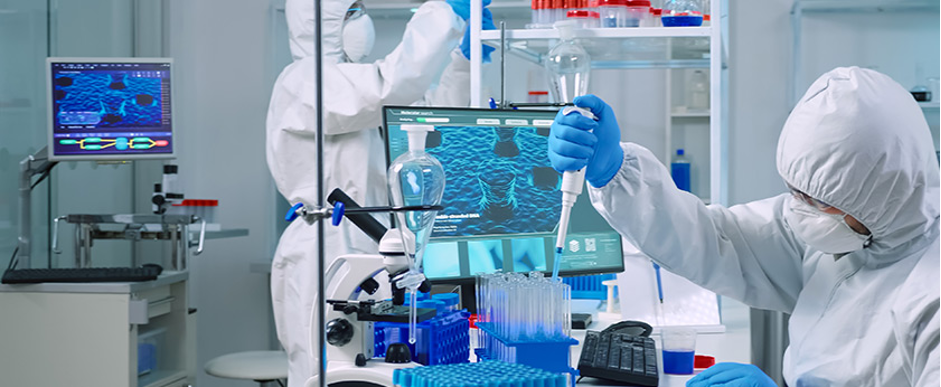Climate Change – Everyone has a role to play

The other day, I was on a video call with my friend. She suddenly turned her mobile camera towards a blissful sight of rain pitter-pattering on her window. In admiration, I virtually kept looking at the scenic view for some time, but deep down, I felt there was something more to it than just the downpour. Even though rains have always given me a pleasant feeling and added to the little joys of everyday life, this time around, a part of me was a little unhappy with the unforeseen weather conditions characterised by the unseasonal rains that had hit most parts of our country, and caused considerable damage to the ready crops.
Hardly had we ended the call when I found myself working on the internet and browsing answers to the questions bothering my mind. I wouldn’t say the search results caught me off guard, for I have always been cognizant of the weather patterns and their relation to climate change. However, what I did not know was that climate change was not a new-age phenomenon, but over a century old.
So, does it mean that somewhere in the course of our journey to progress and development, we have been turning a blind eye to this extremely critical challenge that seems to only grow with the passage of time?
Fossil fuels, forest burning, deforestation, greenhouse gas effect, mindless, heartless mining, industrial revolution and many more factors, I got hold of a host of articles on various aspects of global warming and climate change, and their severely detrimental impact on our health. Infact, weighing the problems with the solutions, the latter did not quite show many sanguine signs that may lead us to better times ahead.
Every solution starts with the acknowledgement of a problem followed by remedial action. And when it’s about a threat to our dear lives, we just can’t afford to have any chink between acknowledgement and action; both need to go firmly together.
So, when we say ‘save the earth’, we certainly need to put a deeper thought into the fact as to how actually the earth has survived the upheavals it has faced over millions of years. Despite the extreme climatic changes, heat waves, severe storms, ever increasing droughts, our dear planet has been able to sustain itself so far, and will continue to do so infinitely. Quite certainly, the earth is here to stay and survive forever. But what seems uncertain is our very own survival!
And the time is NOW. For life has only been about NOW! Time now really to save ourselves from the onslaughts of climate change.
So, we must make ourselves count through individual actions that can help us collectively come together for a better, healthier future. These actions can be undertaken in ways with which sustainable environmental solutions and medical practices can go hand in hand, because while we do need to work for the future, we also can’t lose sight of the current health problems.
Therefore, as life sciences experts, our actions blend the present needs and future outcomes. We have always lived by our endeavour of saving lives by making medicines affordable and accessible. We achieve this vision by supporting healthcare facilities and building pharma capability spanning across geographies, especially the ones facing themost urgent health needs.Be it our equipment, facilities and innovations, we adapt ourselves to the ever-changing needs of the world and take instrumental steps that play a key role in strengthening global healthcare.
Given hereunder are some of the services we provide to our clients, which help us stay individually and organisationally conscientious:
HVAC Technology – An integral part of our cleanroom system, HVAC is a modern and sustainable answer to enhancing heating and cooling system in healthcare facilities, energy efficiency and facilitating a cleaner environment. Our custom-designed and manufactured HVAC system delivers optimal heating, cooling and ventilation for cleanroom operations in any industry that requires superior contaminant control.

Energy Recovery Wheel (ERW) – Air Handling Unit (AHU) is part of the HVAC system that helps regulate air circulation in a commercial facility. However, the challenge remains in introducing outdoor air and maintaining indoor conditions while conserving energy. Therefore, an energy recovery wheel (ERW) is used as an energy recovery ventilator (ERV) to passively transfer heat (sensible) energy and moisture (latent) energy between the exchange of airflow into and out of the facility. As its name suggests, ERW includes a revolving wheel that contains absorbing materials with a large internal surface area that aids in heat exchange (energy transfer). The rotating wheel facilitates energy exchange from the higher airstream to the lower air stream. ERW aids in recycling the useful features of air inside the building rather than using new energy, meaning the exhaust air preheats the supply of air in the winter. Likewise, the desiccant coating pre-cools the supply of air in the summer. This energy recovery process is also used to reheat supply air after it has been cooled—an effective means of humidity control.
Thus, ensuring no cross-contamination, Fabtech’s ERW working paves way for efficient energy-saving inclusive of the weather conditions in the area of the project. It promises appropriate outcomes to achieve greater efficiency, minimising operational costs and is environment-friendly.

Variable Pumping System – The pumping system supports the operation of chillers and offers an excellent opportunity to optimise the performance of the HVAC systems and have a significant effect on energy consumption patterns where energy consumption can be as high as three-quarters of the pump’s cost of ownership and recurring cost. However, the variable pumping system promises a better power supply than the traditional fixed pumping system. This is because the system uses variable-flow pumps instead of fixed pumps to circulate water throughout the cycle and only delivers the requisite flow that leads to energy saving. This saving also reduces daily operational costs by 3-8%.
Thus, this control method aligns the load on a motor to the amount of energy required for that respective load. It adds efficiency to the system while also saving excess energy from being wasted.

Occupational Exposure Limits (OELs) – Our containment solutions are specially engineered to offer health protection and safety to staff working with potent and aseptic substances and protect the work environment from these hazards. Apart from critical process integrations, these solutions require testing and validation per a defined OEL level. Thus, OEL is a safe dose that focuses on the inhalation route of exposure and is devoid of all potential adverse health effects. Furthermore, it identifies the toxic substances and their potential risk in case of human exposure. All in all, it determines the possible adverse effects of a situation or a process on an organism, system, or population. Infact, high containment facilities are a proactive answer to be prepared for any potential pandemic and infectious diseases in the fallout of climate change.

Modular Cleanroom Infrastructure – Cleanroom is a micro-environment that promises air cleanliness by efficiently utilising HEPA and ULPA fan filter units that remove particulate matter from the air and keep contamination to a minimum. However, modular cleanrooms have the edge over conventional cleanrooms in more ways besides offering easy and speedy installation, maintenance and flexibility. In addition, these modern cleanrooms can incorporate green construction methods and use recycled material. This, when done mindfully, helps pharma organisations achieve a smoke-free, high-quality room that can also be a humble contributor to protecting natural resources and solving complex industrial air pollution issues and wastewater treatment challenges across the globe.

BSL 3 laboratories – The BSL clinical labs conduct a wide range of research geared to elucidating, finding treatments for and preventing infectious diseases. These clinical laboratories are exposed to lethal diseases through inhalation by personnel and may contaminate the environment. An addition to safety measures, such laboratories work in a controlled airflow while also principally considering the potential of exposure amongst individuals to aerosol transmission and air toxins through inhalation that can result in lethal diseases. BSL-3 labs are equipped with decontaminated laboratory waste using an incinerator, an autoclave, and/or another method of decontamination. Other engineered safety features include a requirement for entry through two self-closing, interlocked doors, sealed windows, floors and walls, and filtered ventilation systems.
To recapitulate, Climate Change is here to stay atleast for some time, and our attention towards it is highly unlikely to lose salience anytime soon. Today, what we need is concerted actions, innovations and methodologies for striking a balance between ecology and economic activities that may help us address our present health as well as socio-economic needs, and contribute to the protection of the environment. This explains our resolve and endeavours to take sustainable steps and support various facilities to deal with the underlying malaise haunting us on earth.

We are stepping up!
For a Healthier Us and a Healthier Planet!
Categories
Recent Posts
Subscribe
Never miss a post from Fabtech. Sign up to receive updates direct to your inbox.
